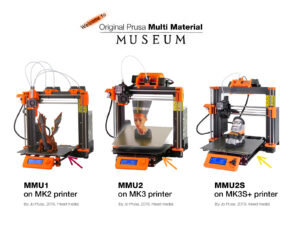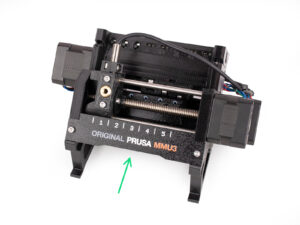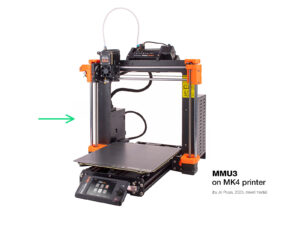English
Welcome to the MMU3 guide! There were several generations of the Original Prusa Multi-Material printing solution. Verify you are looking at the correct guide for your MMU unit and your printer.
MMU1 for MK2 and MK2S printers (introduced in 2016-2018)
It used four separate extruders feeding one nozzle.
MMU2 for MK2.5 and MK3 (2018-2019) Five filaments feeding one direct-drive extruder.
MMU2S for MK2.5S, MK3S, MK3S+ (2019-2023)
Introduced a chimney on the extruder with the IR-filament sensor.
And finally, the latest model:
MMU3 for MK3S+, MK3.5/S, MK3.9/S, MK4/S and CORE One.
MMU3 is the one we will be dealing with in this guide.



Apart from obtaining the upgrade package with the hardware components, you will need to print these files:
https://www.printables.com/model/531604-mmu3-printable-parts/files
or is what is mentioned a full kit?
MMU3 on MK4 is thoroughly tested and currently it is looking very good :-)
For the full kit version it is included. For the upgrade kit, it could be that people print out the plate then apply a sticker or label over the part so it lines up.